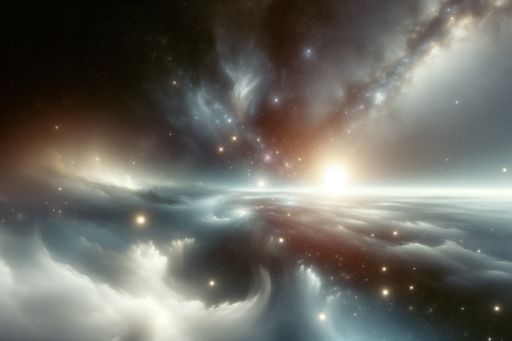Universe’s Brightest Object Discovered: A Quasar with a Massive Black Hole
Astronomers have made a groundbreaking discovery of the brightest object in the universe, a quasar with an enormous black hole at its center.

Record-Breaking Quasar Shines 500 Trillion Times Brighter
Scientists have identified a quasar that shines 500 trillion times brighter than our sun. This incredibly bright object is believed to have a massive black hole at its core, which is more than 17 billion times larger than our sun. The discovery was made by an Australian-led team and published in the journal Nature Astronomy.
While the quasar appears as a mere dot in images, scientists describe it as a ferocious place. The rotating disk around the black hole, filled with swirling gas and matter from devoured stars, resembles a cosmic hurricane. According to lead author Christian Wolf of the Australian National University, 'This quasar is the most violent place that we know in the universe.'
Quasar Discovered After Being Misclassified as a Star
The quasar, named J0529-4351, was initially identified as a star during a 1980 sky survey by the European Southern Observatory. It was only last year that it was recognized as a quasar - the active and luminous core of a galaxy. Observations by telescopes in Australia and Chile's Atacama Desert confirmed its true nature.
Yale University's Priyamvada Natarajan, who was not involved in the study, expressed excitement about the discovery, stating that the quasar 'was hiding in plain sight and was misclassified as a star previously.' Further analysis revealed that the black hole at the heart of the quasar consumes the equivalent of 370 suns annually.
A Quasar from the Early Days of the Universe
The quasar is situated 12 billion light-years away and has been present since the early stages of the universe. Its enormous size and rapid growth rate make it a fascinating object of study. Additional observations and computer modeling are needed to fully understand the quasar's growth and the extent of the black hole's mass.
The discovery of this quasar provides valuable insights into the evolution of black holes and the formation of quasars in the early universe. As scientists continue to explore the cosmos, they hope to uncover more remarkable discoveries that enhance our understanding of the universe and its most extreme phenomena.



